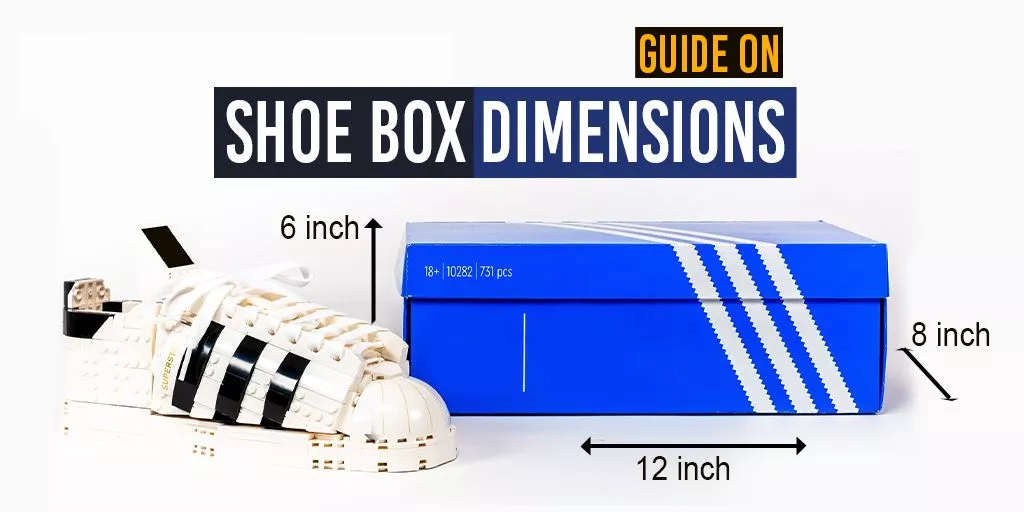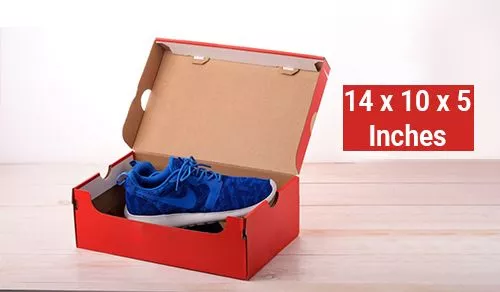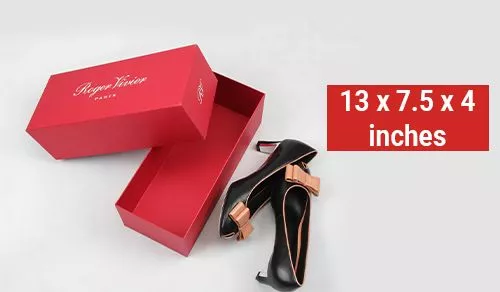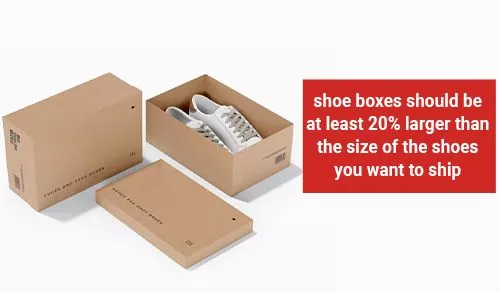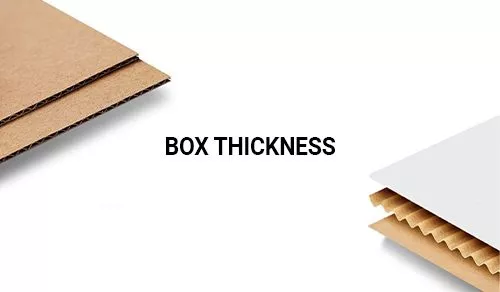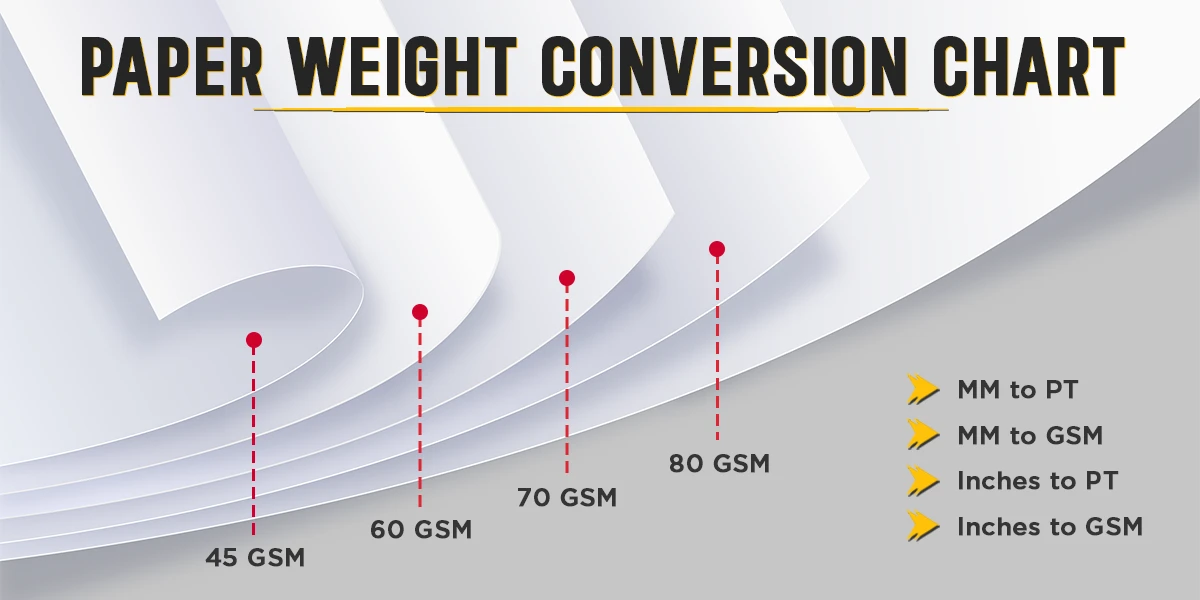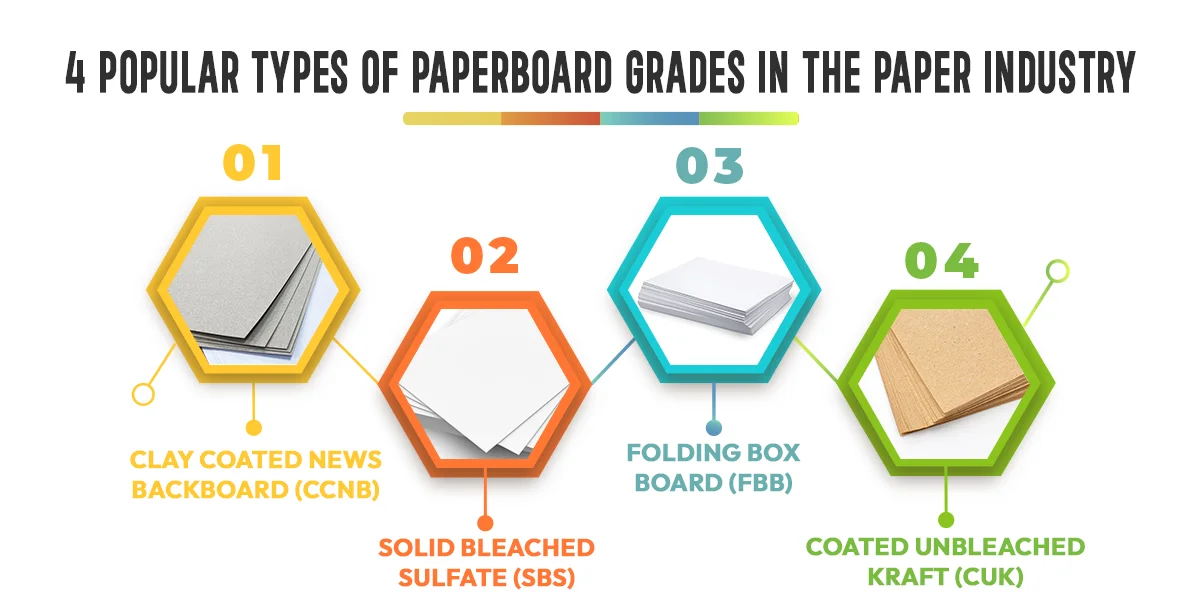If you are a shoe brand, you know that you cannot pack different shoes in one similar box. Instead, you will need different boxes to fit the sizes and dimensions of each shoe pair you have. This is where you need to understand how to measure the accurate dimensions of a shoe box. By placing your shoes in the right box, not only can you protect them properly. More than that, the right box will help you highlight your shoe products exclusively. So, how to measure the dimensions of a shoe box? Have a look at the guide below!
Why Do We Need to Understand Shoe Box Dimensions?
The right custom shoe boxes can house your shoes when customers are not wearing them. Moreover, these boxes can protect the shoes from dust and dirt. This way, they can preserve the look of the materials of your shoes. Plus, they will help to reduce general wear and tear.
Basically, the dimensions of a shoe box vary by some points, such as:
- The shoe brand
- The materials that go into your box
- Footwear type, for example, boxes for sneakers will be smaller than boxes for boots
Generally speaking, cardboard shoe boxes that have thicker walls will surely do a better job at protecting your shoes. Better than that, these boxes will also help in preserving the integrity of your shoes inside. On the other hand, of course, it might be more expensive if you want to design the boxes on your own. Yet, if you value your shoe products greatly, these boxes can be very worthy.
Average Shoe Box Dimensions
In short, the length of an average shoe box you should note is between 33 and 35 centimeters. However, speaking of what are the dimensions of a shoe box, some brands provide their boxes between 13 and 14 inches. Overall, it also depends on whether it’s a shoe box for men’s or women’s shoes we’re talking about.
So, here’s the scoop!
Standard Shoe Box Size for Men
Now, we know that most shoes come packed in a box made of cardboard. Accordingly, the shoe box of a brand-new pair of shoes usually will not be too spacious. An average shoe box size for men’s shoes is around 35 x 25 x 13 centimeters, which is 14 x 10 x 5 when measured in inches. Yet, we should note that an ideal shoe box needs to have enough space to let your shoes breathe.
Size of a Shoe Box for Women’s Shoes
For women’s shoes, you will find boxes that are usually much smaller and more lightweight than those made for men. Why?
Because women’s shoes are typically smaller than men’s.
So, the average size of a shoe box for women’s shoes will be 33 x 19 x 10 centimeters or 13 x 7.5 x 4 inches. This also means that you will probably be able to fit in any women’s shoes in almost any kind of shoe box.
However, the material you choose to produce a shoe box can also have a great impact on the longevity of your shoes. The reason is that fashion shoes are usually made of delicate materials, which can easily get damaged. Therefore, your shoe box should be rough and safe to avoid potential damage during transport. Most importantly, you should consider providing proper ventilation on your shoe box design as well.
Average Shoe Box Sizing for Children
Now, what is the average dimension of children’s shoe boxes?
Due to their smaller feet, you should measure the proper dimensions for a children’s shoe box. Mostly, shoe boxes for children’s shoes range between 22 × 15 × 8 centimeters or 9 × 6 × 3 inches. This dimension is spacious enough to house shoes for five-month-old babies to five-year-old pre-schoolers.
Yet, it can be almost impossible to measure because the feet of a child grow bigger every day. In this context, you should look for a shoe box that comes with compartments of different sizes. This way, you can get a perfect fit for children’s shoes you want to sell.
Shoe Box Dimensions for Shipping
When designing packaging for shipping shoes, you will need the right size. In general, your shoe boxes should be at least 20% larger than the size of the shoes you want to ship. Plus, the boxes should also be between 1 and 2 inches wide and 2 and 3 inches high. Moreover, the top of the box should be long enough to cover the tongue. Lastly, the sides should be wide enough to give a snug fit around your shoes.
In brief, shoe box dimensions for shipping in cm for men’s shoes are typically 25.5 centimeters broad and 12.7 cm high. On the other hand, shoe boxes for women’s shoes are around 19 centimeters broad and 10 cm high.
How Much Does a Box of Shoes Weigh?
Mostly, you can find shoe boxes made of materials like cardboard or paperboard, which are 100% recyclable. Meanwhile the weight of the box depends on the size, materials, and number of shoes. In general, for average shoe box dimensions and weight, you can find a standard box of shoes to weigh between 1.5 to 10 pounds.
Tips to Measure the Right Dimensions You Need for a Shoe Box
Measuring the right dimensions of your shoe boxes can help you organize your storage space.
So, here’s what you should do!
Use a ruler or a tape measure to measure the length of the box from one end to the other. Then, you can follow by measuring the width, which is the shorter side. Lastly, you should measure the height, which is from the bottom to the top of the box.
Overall, you should keep in mind that there is no one-size-fits-all when it comes to designing ideal shoe boxes. Instead, the dimensions you need can vary greatly depending on the type and purpose of your shoes.
Shoe Variety Demands Diverse Boxes:
Not all shoes are created equal, and neither are their storage and shipping needs! High heels with delicate stilettos require taller boxes to accommodate their height, while chunky boots might need wider boxes for a snug fit. Athletic shoes often benefit from breathable materials in the box to prevent moisture build-up. Consider these specific needs:
- High Heels: Choose taller boxes with reinforced corners to protect heels and delicate materials. Consider including tissue paper for cushioning and silica gel packets to absorb moisture.
- Boots: Choose wider boxes with ample height to accommodate ankle or knee-high styles. Sturdy cardboard construction is crucial for heavier boots.
- Athletic Shoes: Breathable materials like mesh inserts in the box promote air circulation and prevent odor. Consider including shoe trees to maintain shape and prevent creases.
Remember, ideal box size also depends on brand, style, and personal preference. Always measure your shoes and factor in extra space for cushioning and a comfortable fit within the box!
Determine the Ideal Size for Your Shoe Box
No doubt, having the right size of a shoe box is highly essential to make sure that your shoes will be in the bets condition. Moreover, this case applies especially when you need to store and ship your shoe products to stores or to customers. Well, not only will the accurately measured box keep your shoes safe and protected. More than that, the right box with ideal size will also be perfect for optimizing space efficiency.
So, here are some tips you can follow to determine your ideal shoe box size!
Measure Your Shoes’ Length, Width, and Height
Yes, the first step you must do in determining the ideal size for your box is measuring the length, width, and height of shoes you want to place inside. Don’t worry, you can use a tape measure or ruler to get the exact measurements.
However, do note that you should measure both the left and right shoe. Why?
Because they might have slight differences.
Once you have the accurate measurements of your shoes, you can use them to design an ideal shoe box.
Consider the Box Thickness
For sure, you must also consider the thickness of the box. Mostly, shoe boxes come with wall thickness ranging from 1 to 3 inches. This means that if you measure your shoes to be 10 inches in length, your box should be at least 11 to 13 inches long. In this box, you can accommodate your shoes comfortably. Another thing you must also consider is the level of protection you need for your shoes. For optimal protection, you should choose a box thickness properly.
Don’t Forget to Give Some Extra Space
Yes, it will be a great idea to give some extra space within your shoe box. Why?
Because you will need some space for cushioning and air circulation in the box. In fact, cushioning and air circulation are highly important if you have exclusive shoes that need extra care. So, by leaving extra space around your shoes, you will be able to prevent them from getting squeezed. Better yet, this extra space will give proper airflow to prevent moisture build-up inside the box.
For this context, some experts recommend to leave at least half to an inch of extra space. This applies for each side of your shoe. With this extra space, your shoes will have enough room to breathe inside the box. Eventually, you can rest assured that your shoes will remain in good condition.
Above all, finding the right shoe box size is essential when it comes to maintaining the longevity and condition of your valuable shoes. Hence, by measuring your shoes accurately, considering the box thickness, and giving some extra space, your shoes will be well-protected inside the box.
International Shipping Considerations for Shoe Box Size
Going global? International shipping regulations can impact your shoe box size! Weight and size restrictions vary by country, so exceeding them could lead to delays or fines. Consider these:
- Dimensional weight: Some countries base shipping costs on package dimensions, not just weight. Opt for snug, space-saving boxes to avoid dimensional weight penalties.
- Maximum dimensions: Certain countries have maximum box size limits. Ensure your boxes comply to avoid repackaging or potential shipment rejection.
- Customs regulations: Some materials like wood require special permits. Choose eco-friendly alternatives like recycled cardboard for smoother customs clearance.
Remember, a little research on your target market’s regulations can save you headaches and ensure your shoes arrive safely and cost-effectively.
Wrapping Up
Indeed, by placing your shoes in the right custom shoe box, not only can you protect them properly. More than that, the right packaging for products will help you highlight your shoe products exclusively. Thus, you need to measure the right dimensions whether for men’s shoes, women’s shoes, or children’s shoes. Hopefully, this guide on shoe box dimensions will help you out. If you need further guidance, you can work with packaging professionals at Silver Edge Packaging.
Have a great day ahead!

